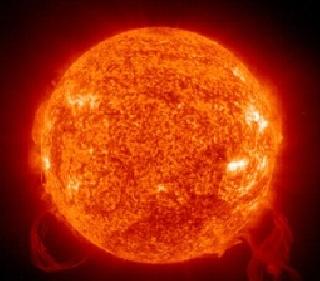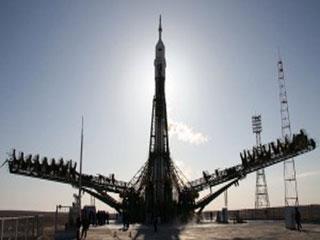
While the Solar Orbiter will study solar wind and related phenomena, space telescope Euclid will explore the dark side of the Universe. An ESA photo
PARIS (BNS): The European Space Agency (ESA) has chalked out an ambitious plan to explore the Sun and the mysterious dark energy in the cosmos by sending two separate science missions later this decade.
The space agency on Tuesday selected the 'Solar Orbiter' and the 'Euclid' programmes as the first phase of its 'Cosmic Vision 2015-2025 Plan.'
While the Solar Orbiter spacecraft will be launched in 2017 to probe the Sun from a distance no other mission has ventured so far, space telescope Euclid will explore the dark side of the Universe.
The Solar Orbiter will essentially study solar wind and related phenomena.
The spacecraft will be close enough to the Sun to sample this solar wind shortly after it has been ejected from the solar surface, while at the same time observing in great detail the process accelerating the wind on the Sun's surface, ESA said.
The space agency plans to launch the spacecraft from Cape Canaveral with a NASA-provided Atlas launch vehicle.
The second mission -- Euclid -- will be launched to map out the large-scale structure of the Universe with unprecedented accuracy.
The observations will stretch across 10 billion light years into the Universe, revealing the history of its expansion and the growth of structure during the last three-quarters of its history.
ESA plans to launch the space telescope on a Soyuz vehicle from Europe's Spaceport at Kourou, French Guiana in 2019.
 Previous Article
Previous Article Next Article
Next Article













The Indian Air Force, in its flight trials evaluation report submitted before the Defence Ministry l..
view articleAn insight into the Medium Multi-Role Combat Aircraft competition...
view articleSky enthusiasts can now spot the International Space Station (ISS) commanded by Indian-American astr..
view article